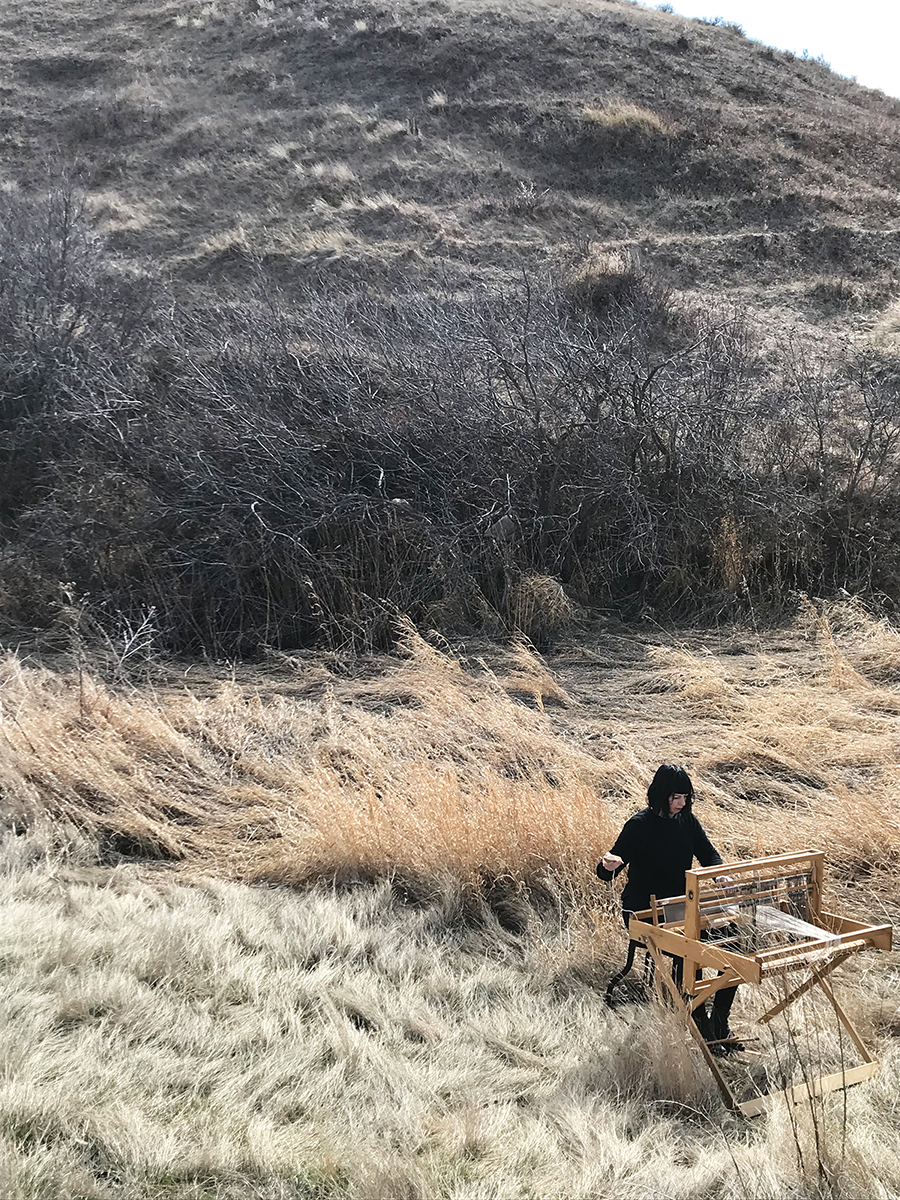Kelly Ruth loves to make things.
And, as a textile/new media artist, those “things” range quite a bit. From weaving circuits into cloth for an interactive sound and light installation, to painting, crafting jewellery and making music with a loom — if it requires working with her hands to create something new, she’s interested. And she’s “absolutely in love with colour.”
Her life-long passion turned into a luminous love affair in high school back in Winnipeg, when her mother — knowing Ruth was interested in fashion design — contacted Anne Armit, the wardrobe director for the Royal Winnipeg Ballet, asking for advice. Why not send your daughter here for a tour? Armit said. A few hours turned into a full-time job. Within the first year there, she was offered a whole new role as a wardrobe coordinator for the ballet school and, three years later, became the company’s textile dyer, a discipline that’s grounded her varied career ever since.
“I often refer to the textile dyes as my first artistic language,” she says.
Ruth went on to dye fabric in Toronto, where she was invited to be one of about a dozen dyers on Canada’s first Broadway production of The Lion King, and was also hired to make Wolverine and Sabretooth’s coats look worn-in-a-bad-ass-way for the first film in the X-Men franchise.
Immersed in a world of vibrant colour, Ruth was doing what she loved, at the highest level in Canada, but she was conflicted. Even with modern safety standards, working with synthetic dyes has long-term health effects (a “constant throat irritation,” in Ruth’s case), but she also wanted to live and work more in line with her beliefs. “In movies and theatre, you can’t work with natural dyes, because you’re making such specific colours. A designer will say, ‘I want colour number 3671’ and you’ve got to produce it exactly, and then again, sometimes years later,” she says.
For the next 10 years, she fulfilled her first childhood dream of running her own sustainable clothing line, and continues weaving naturally dyed jewellery today, while general managing Mile Zero Dance Society in Edmonton. “In hindsight, I saw it as a kind of activist clothing line, almost like a performance art embodiment of all the ideals I imagined for the clothing industry.”
